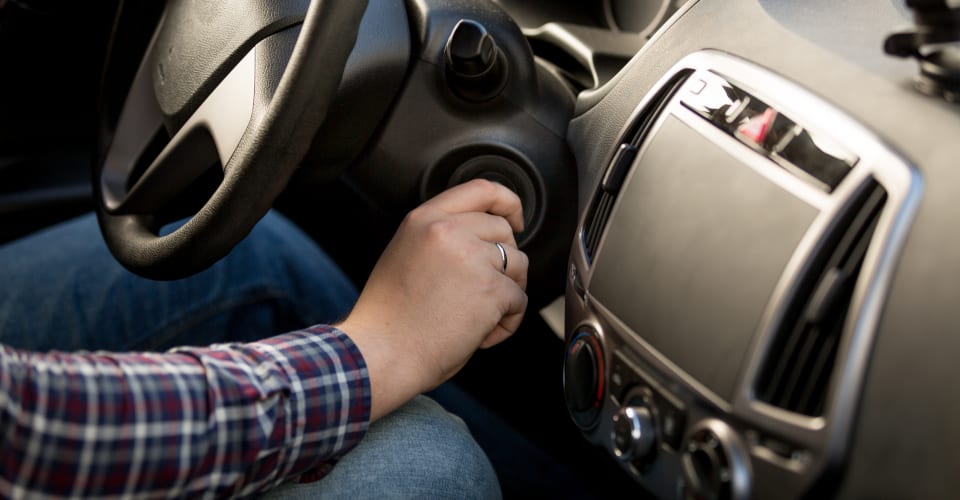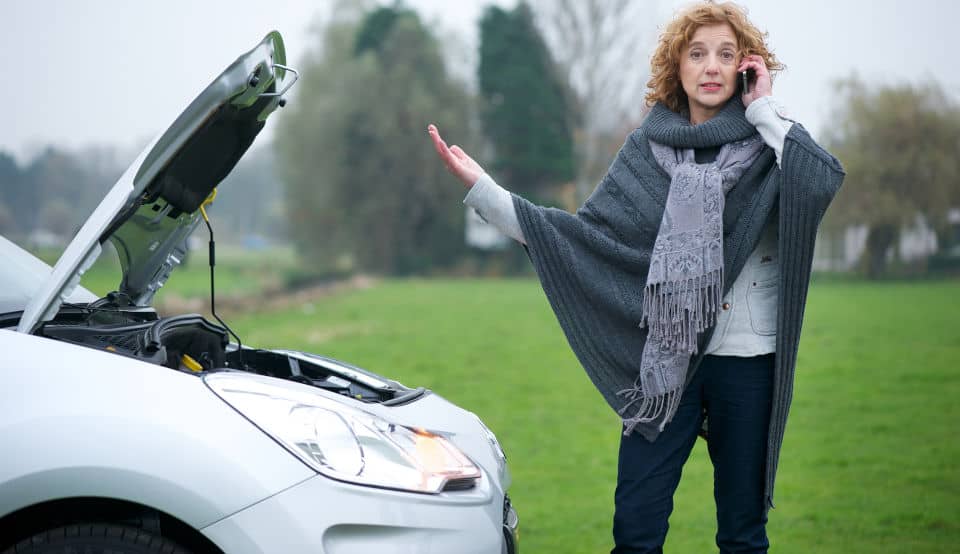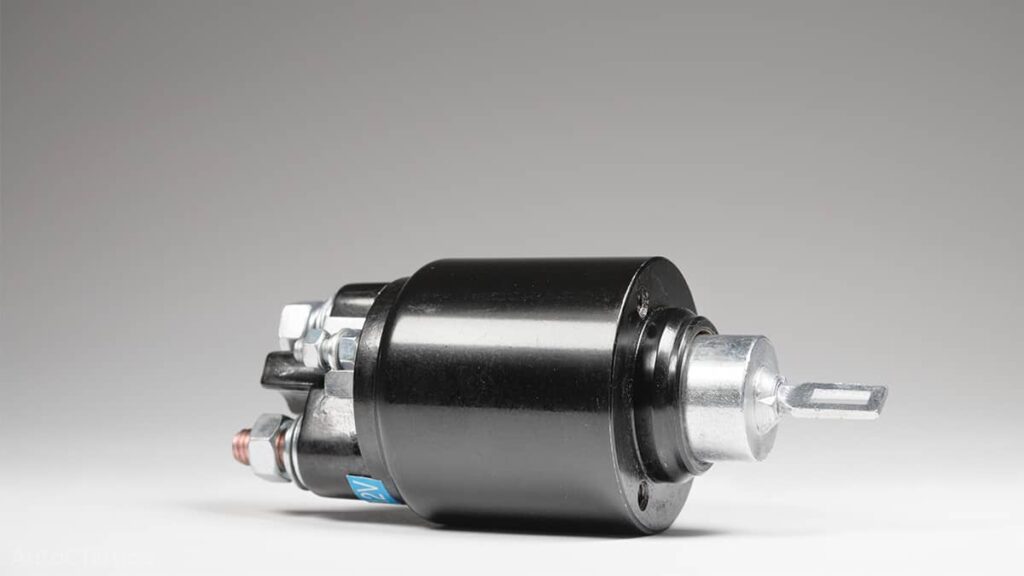


Understanding the Starter Solenoid: Signs of Trouble and How It Works
It might sound like something from a sci-fi flick, but the starter solenoid is a key player in today’s car ignition systems. These little guys are usually pretty reliable, often cruising for 100,000 to 150,000 miles before they start acting up.
How to Tell If the Starter Solenoid Is Bad
When the engine struggles to start or doesn’t crank at all, that’s a red flag. The solenoid could be on the fritz. Keep an ear out for clicking sounds when turning the key or any grinding or whining noises after the engine fires up—those can hint at solenoid issues.
Next up, let’s break down how this crucial component works and where to find it in the vehicle.
What Is a Starter Solenoid and How Does It Work?

In simple terms, the starter solenoid is the device that sends power from the battery to the starter motor. Here’s the lowdown: inside the solenoid, there’s an iron piston that moves back and forth. One end has copper wire wrapped around it, while the other has a coil.
When the battery sends electricity through the solenoid’s copper wiring, it activates the solenoid, creating a magnetic field that pulls the piston back. This action compresses a spring, which then pushes the piston back to its original spot once the solenoid powers down.
With the piston pulled back, the circuit closes, allowing power to flow to the starter motor, which cranks the engine by spinning the flywheel. Once the engine roars to life, the circuit opens again, the piston returns, and the electricity stops flowing.
Curious about the mechanics? Check out a visual guide from TecknoMechanics for a deeper dive.
Where to Find the Starter Solenoid
The starter solenoid is usually a cylindrical piece that’s either attached to or part of the starter motor. Depending on the car model, it can be a bit tricky to locate. Typically, it’s hiding under the transmission or beneath the exhaust or intake manifold. A flashlight can be handy here.
A quick tip: follow the positive battery terminal to track down the solenoid. In some cases, removing the battery and its tray might be necessary for better access.
Look for a couple of electrical connections at the back of the solenoid. One connects to the battery, another goes to the starter motor, and a smaller one hooks up to the ignition cylinder to signal when the key is turned.
5 Signs of a Bad Starter Solenoid
So, what makes a starter solenoid go bad? Age and wear are the main culprits. Heat from the engine, moisture in the engine bay, or corroded wiring can all take their toll.
Simple habits like parking in a garage and letting the engine cool down can help minimize heat damage. Keeping drainage lines clear and avoiding deep puddles can also protect against moisture and corrosion.
Here are five signs that the starter solenoid might be on its way out:
1. Rapid Clicking When Turning the Ignition Key

If turning the key results in a rapid clicking sound, the solenoid might not be getting enough juice to engage the crankshaft. Before jumping to conclusions, though, check the battery, as a dead battery can cause similar issues.
2. Starter Motor Stays On After Engine Starts
The starter motor should only whir for a moment when cranking the engine. If it keeps spinning after the engine starts, the solenoid could be the problem. Ignoring this can lead to a more expensive starter replacement down the line.
3. Nothing Happens When Attempting to Start

If turning the key results in silence—no clicks, no sounds—the solenoid might be at fault. Check the vehicle’s electronics: if the radio and lights work, the solenoid is likely the issue. If nothing powers up, it could be a dead battery.
4. Starter Motor Cranks But Engine Doesn’t
If the starter motor spins but the engine doesn’t turn over, it’s a sign the solenoid might be failing. This usually means the starter isn’t getting enough power. Testing the solenoid can confirm if it’s the problem, but it could also be the starter or battery that needs attention.
5. Engine Starts Only Sometimes
If the engine only starts intermittently, that’s a major clue that the solenoid is on its last legs. Other symptoms from this list may also pop up, indicating it’s time for a replacement.
Think the Starter Solenoid Is Bad? Here’s What to Do
If there’s a suspicion that the starter solenoid is acting up, testing it is the first step. It’s possible to take the car to a shop or use a multimeter to check it at home.
Not sure how to inspect a starter solenoid? There are great step-by-step videos available online that can guide through the process.
If the solenoid is indeed the culprit, it can be replaced either by a mechanic or, for those who are handy with engines, as a DIY project. The exact location of the solenoid can vary by model, but there are plenty of resources to help navigate the basics.
Ignoring a faulty starter solenoid can lead to a car that won’t start at all. It’s best to test it as soon as any symptoms show up.



![Understanding Piston Slap: Should You Be Concerned? [2024 Guide]](https://autocheep.com/wp-content/uploads/2025/07/What-Is-Piston-Slap-Here-Is-What-It-Is-And-If-You-Should-Worry-150x150.jpg)